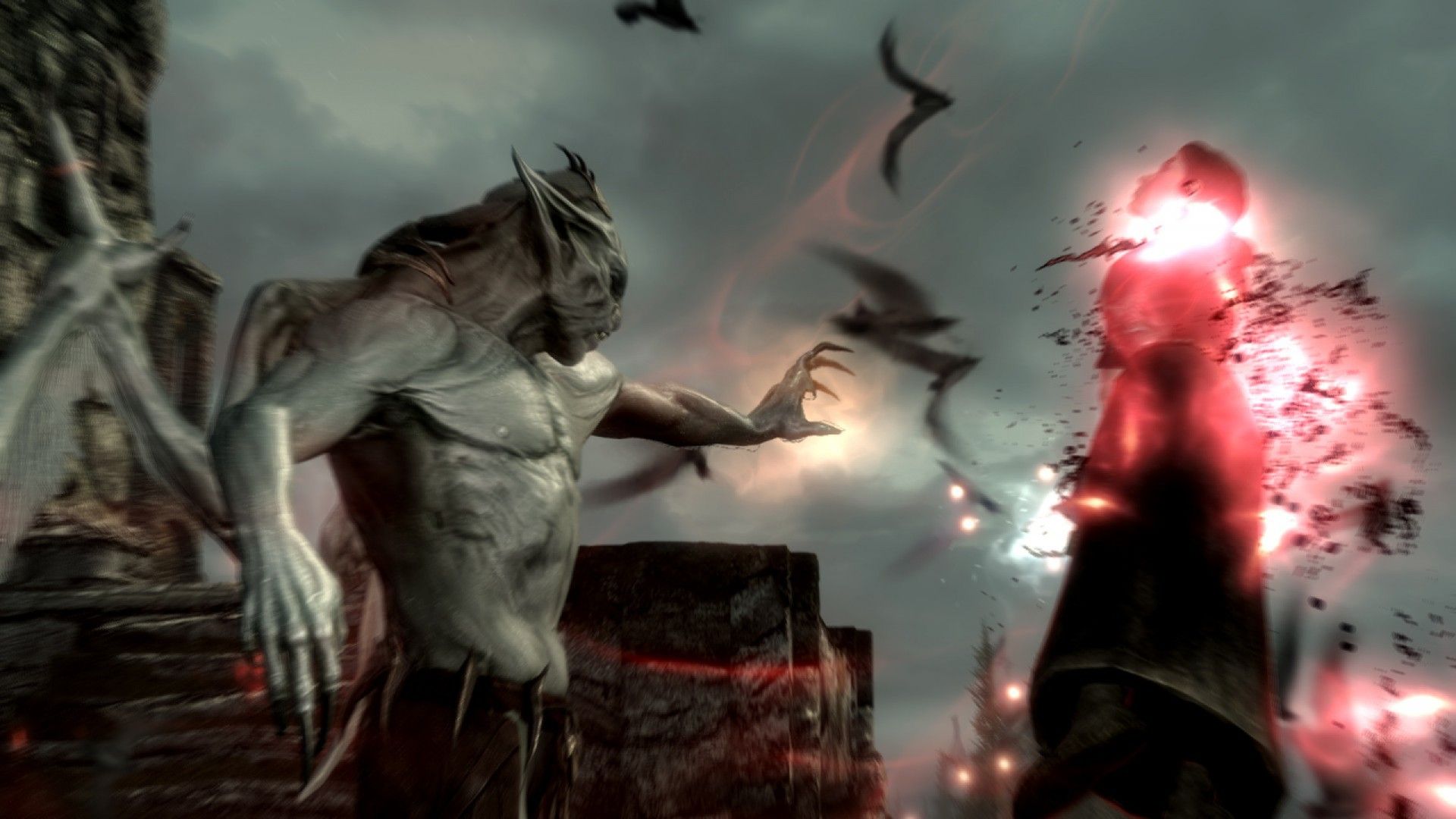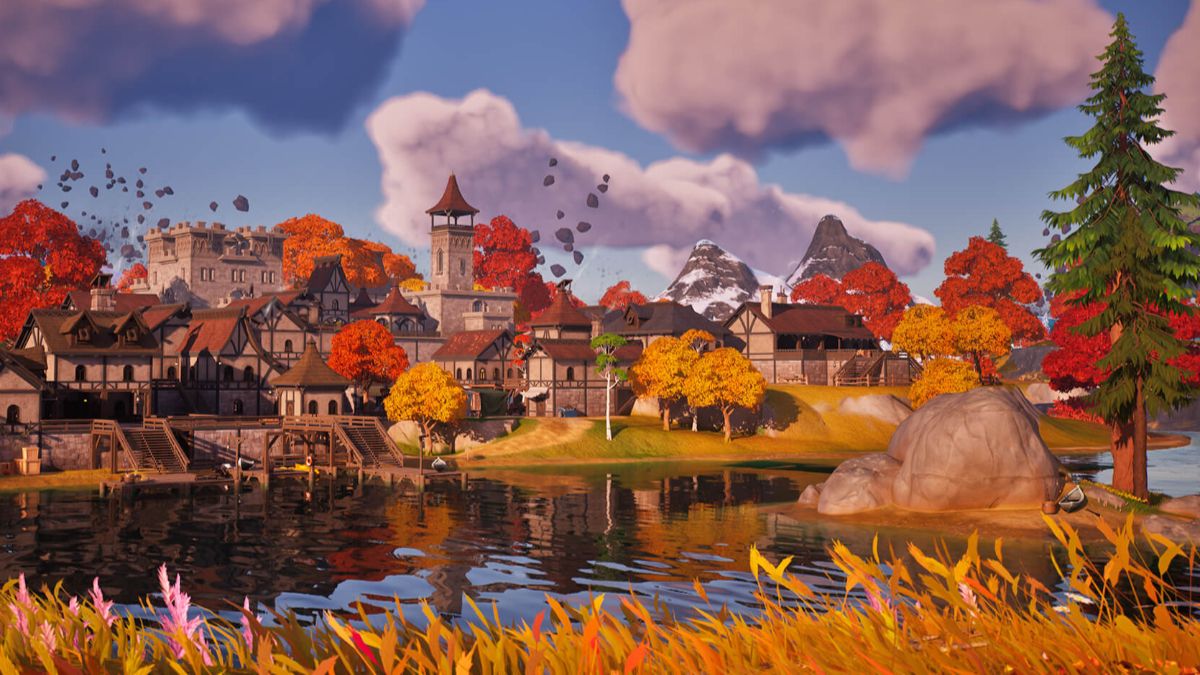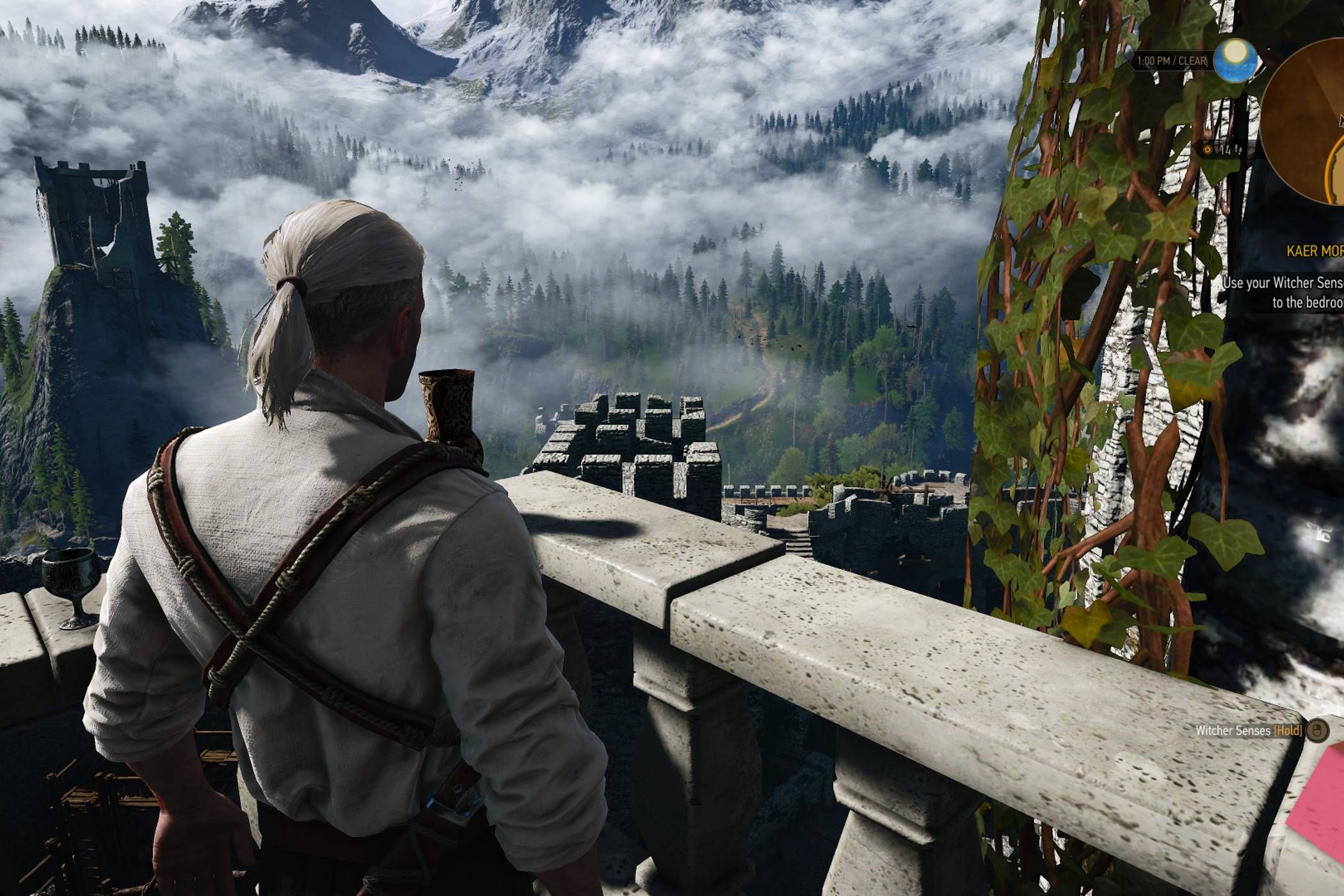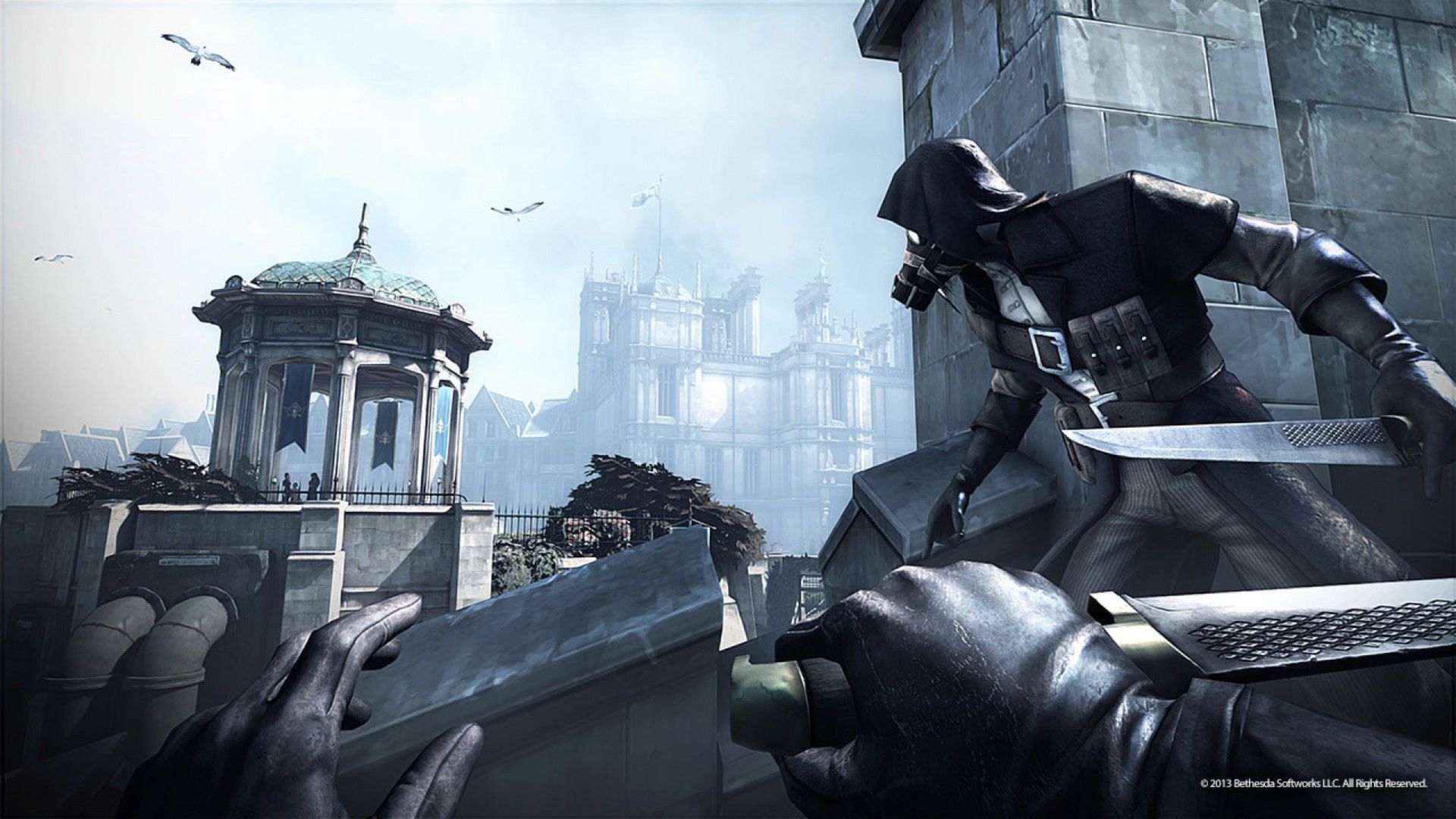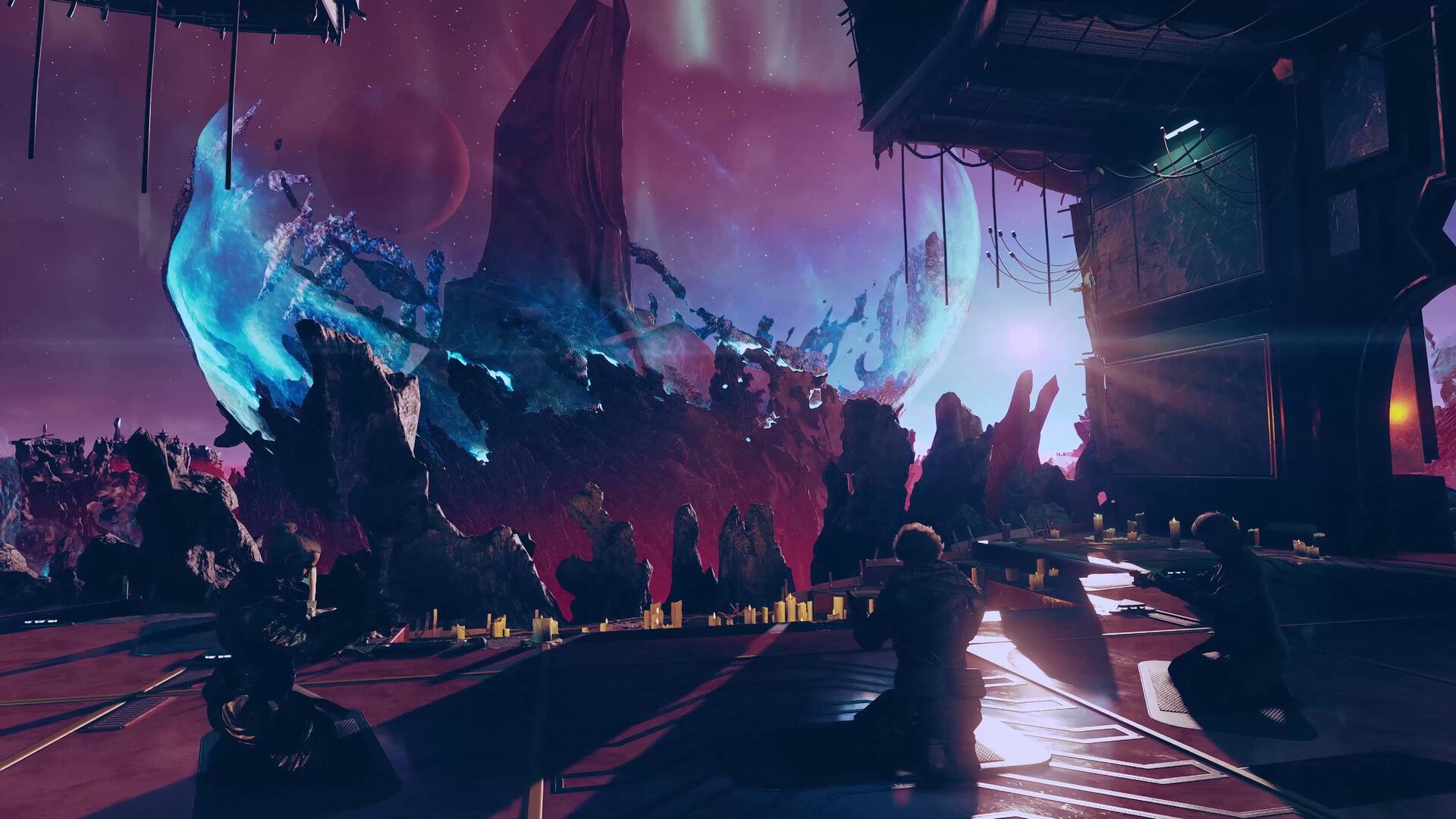Key Takeaways
- Downloadable content (DLC) can refine the base game by introducing new gameplay mechanics and adding new features that can even interact with the base game.
- DLC provides an opportunity for developers to experiment with new concepts and build on the technology used to develop the original title.
- Keep in mind that not all DLC is great so read reviews, understand what’s changed, and make sure you’re getting value for money.
If you’re the type that solely focuses on the main story in a game, you might not be aware that you’re missing out on some of the best content your favorite games have to offer. While not all downloadable content (DLC) is a game-changer, a lot is. Here are some reasons why skipping the DLC is a mistake.
DLC Refines an Existing Game
When a triple-A game is poised for success, and the developers see there’s more to explore in the game’s universe, a large-scale DLC is sometimes put into development. After all, it’s easier to build on top of a pre-existing foundation than to develop a whole new game, similar to how modding PC games works.
Some DLCs can completely change your approach to the base game. For example, Skyrim‘s Dawnguard DLC allows the player to become a vampire with a formidable Vampire Lord form that can be used throughout the entirety of the main game (provided friendly NPCs don’t catch you turning into one).
Embracing vampirism introduces the potential for additional role-playing elements, such as weakness to sunlight and the need to stave off hunger by feeding on humans. It also unlocks a few unique dialogue lines with some NPCs.
It’s worth pointing out that the base game often gets patched in anticipation of a new DLC, leading to bug fixes and new features that the game wouldn’t otherwise have received. We saw that with all those massive updates to Cyberpunk 2077 prior to and following the release of Phantom Liberty.
Update 2.0 completely overhauled the police, perk, and cyberwar systems, added vehicle combat, and introduced several other small improvements and fixes. Despite Cyberpunk 2077‘s devastating launch, these updates and Phantom Liberty‘s fantastic story have finally won fans over.
More Experienced Developers Make Better Content
Not all gamers are aware of how difficult it is to create a high-budget game. With so many moving parts and people working on the project, it’s a miracle that many games even exist.
Games are developed using game engines, such as Unreal Engine 5. In most cases, the devs can adapt a pre-existing engine and use it to create a new game, though sometimes a new engine has to be built from the ground up, which can cost a small fortune.
By the time the final game is finished, the developers have gained significant experience and familiarity with the engine and the game’s assets. This expertise allows them to build new content more efficiently, freeing up time for the more creative parts of the development process.
This streamlined workflow allows developers to build a DLC that’s sometimes significantly better than the base game, even though it costs less to produce.
Publishers are aware of this phenomenon and leverage it as much as they can by ordering and planning out DLCs before the game is even finished. We’ve seen it with Fallout 4‘s Far Harbor, Battlefield 1‘s They Shall Not Pass, and most Assassin’s Creed DLC.
Fresh Stories, New Characters, and Revised Mechanics
DLC gives developers the opportunity to introduce entirely new storylines, characters, concepts, gameplay elements, and locations that still fit the main game’s theme and story.
Toussaint, the location added in Blood and Wine, is regarded as one of the best and most unique settings in all of gaming, not just in The Witcher 3. The DLC also adds a bunch of fan-favorite characters from The Witcher books, like the vampire Regis.
Moreover, DLC gives developers the opportunity to experiment with never-before-seen concepts. This is because, unlike indie game developers, the studios behind triple-A games are more risk-averse. They’re given a large budget and are expected to make a game with a broad, mainstream appeal, leaving less room for risks, such as unconventional gameplay and narrative mechanics, worlds, or characters.
There are exceptions, like FromSoftware’s genre-defining games (like Elden Ring and the Dark Souls series). Those games are known for their intense difficulty and unconventional environmental storytelling. For many other studios, DLC offers the best opportunity for experiments and taking risks.
For example, Dishonored‘s DLC The Knife of Dunwall puts you in the shoes of Daud, the assassin who killed the Empress, an antagonist who you pursue in the base game, effectively flipping the script. Another excellent example is Borderlands 2‘s Tiny Tina’s Assault on Dragon Keep. The DLC merges the main game’s FPS mechanics with various tabletop RPG elements.
Not All DLCs Are Great
While DLC often adds a ton of fresh content that expands the base game or allows for more replayability, not all after-market additions are great. In fact, the term “DLC” is sometimes seen as a dirty word, as some publishers use it for what are essentially microtransactions.
It all started with the infamous Horse Armor Pack for The Elder Scrolls IV: Oblivion. Bethesda charged $2.50 for what was essentially a cosmetic piece of horse armor in a single-player game. Although the DLC was mocked at the time, it was shockingly popular, setting a precedent for low-quality DLCs and microtransactions in triple-A games.
Even if the DLC isn’t a cash grab, it can still be subpar, especially if it’s for a game that isn’t polished yet. We saw that recently with Starfield‘s Shattered Space expansion, a mediocre $29.99 DLC that failed to build on the promise of the original. It seems like Bethesda likely tried to replicate what Cyberpunk 2077 achieved with Phantom Liberty in three years, but only spent one year developing it.
Sometimes a game receives a bunch of small, meaningless DLC packs that overwhelm players and dilute the experience.
Forza Horizon 5 somehow manages to have two fantastic DLCs that add a few hours of original content to the base game, alongside a long list of pointless cars and car packs that few are willing to pay for. With hundreds of unlockable cars in the base game, the only individuals likely to fall victim to these DLCs are whales and virtual car collectors.
How to Determine if a DLC Is Worth It
Buying DLC is a lot like buying the base game: you need to do some research to determine if they’re worth it. A great game doesn’t always guarantee great DLC. Fortunately, DLC has separate pages on storefronts like Steam, meaning you can check the reviews for just the DLC. At the same time, many DLC releases are significant enough to see full reviews in the game press.
Check review scores and read the top reviews carefully. Pay close attention to how long the DLC takes to beat. Although game length isn’t an indicator of quality, you might be disappointed if you spend $30 on a DLC that you can complete in a single afternoon.
If reviews are mostly positive, and you can’t get enough of the base game, then the DLC is likely worth buying. Otherwise, wait for a discount or consider picking up a different game altogether.
A well-designed expansion can match and even surpass the quality of the base game, as the developers are provided a rare opportunity to explore new storylines and concepts. Some large expansions were so good that you could almost consider them standalone games.
If you’ve never played the acclaimed DLCs for your favorite games, now might be the perfect time to check them out, especially if they’re on sale.


